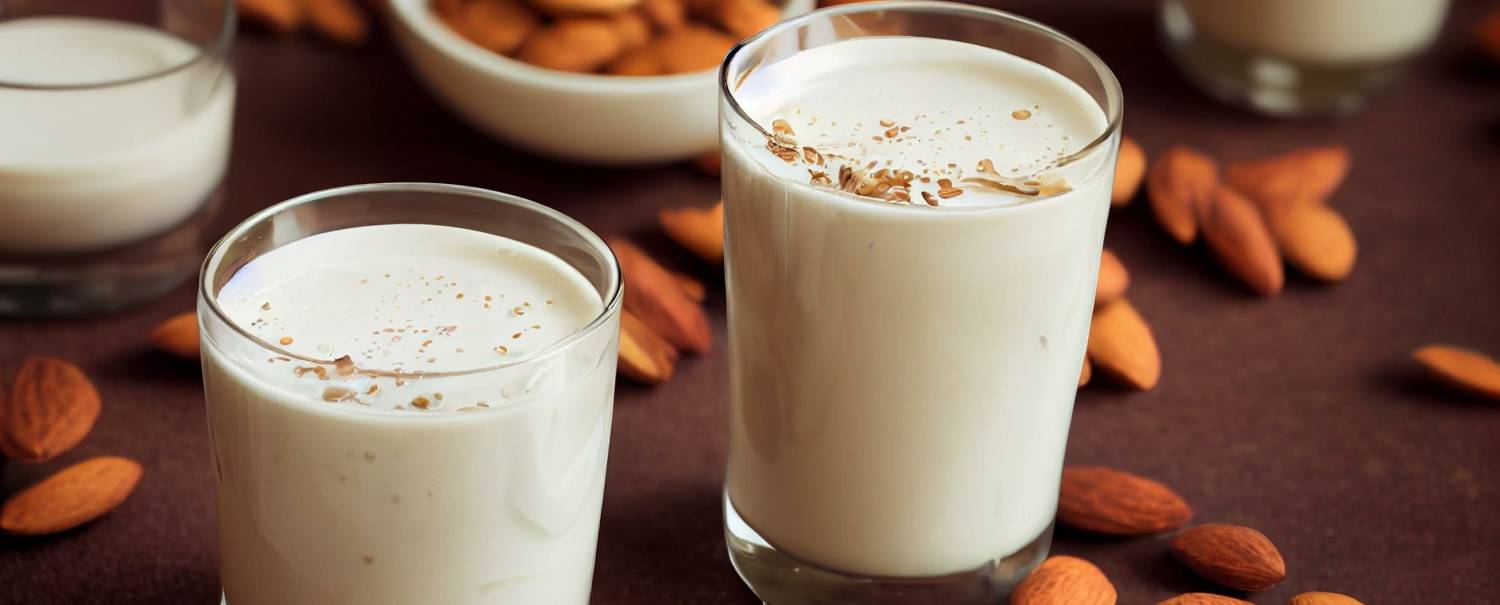Diet and the menstrual cycle: diet for the over 50s
Diet and the menstrual cycle are closely related. Find out what to eat according to your hormonal phase and start looking after yourself.
TOPIC OF THE MONTH
Share
The menstrual cycle marks the life of the female gender from childhood until well into adulthood. For decades, hearing women use certain expressions about feeling the need to eat something sweet before having their period, migraines or feeling bloated has been common. But importance has never been given to this type of statement or issues from a health point of view.
Currently, there are an increasing number of studies and professionals that link the different hormonal phases and symptomatology that women suffer with the diet, explaining which foods favour and help the female body depending on the hormonal phase they are in.
Types of foods according to women’s hormonal cycle
1. Menstrual cycle
Goes from day one to day five of the cycle. During this phase, the progesterone reduces drastically and, with it, body temperature. It is normal for women to display symptoms of tiredness, feeling sadder and some present menstrual pains. During this phase, specialists recommend including foods rich in potassium and omega 3 in the diet, such as turmeric, ginger, blue fish and dried fruits (raw or roasted), as well as consuming lots of liquids like water, infusions and vegetable stocks and foods rich in fibre to combat constipation that is caused by the inflammation.
2. Follicular or pre-ovulatory phase
Between days 6 and 12 of the cycle, approximately. At this time, the follicles mature until one of them becomes an egg. During this phase, the follicles release oestrogen, reaching the highest levels of this hormone. That’s why, during these two weeks, approximately, the woman is more active, but the burning of fat also slows down. Therefore, it is advisable to increase the consumption of wholemeal pastas, root vegetables, wholemeal bread and rice; increase the intake of proteins and reduce the consumption of fats as far as possible, since this is the time in the cycle when less fat is burned.

3. Ovulatory phase
It only lasts for between 12 and a maximum of 36 hours. This is the shortest phase of the cycle. It is the time at which the ovary releases the egg in the fallopian tube, when oestrogen in the female body peaks. At this point, it is a good time to increase complex carbohydrates, such as pulses, root vegetables and fruits, and reduce the consumption of simple carbohydrates, such as those in sweets, white flour and industrial pastries...
In addition, it is also the best time to increase the intake of foods rich in calcium and folic acid and include more dried fruits and wholemeal cereals, since these foods naturally regulate progesterone, the hormone that starts to increase in the next phase of the cycle.
4. Luteal or pre-menstrual phase
This goes from ovulation to the start of the next period. Both oestrogen and progesterone are released, so women suffer from the so-called “pre-menstrual syndrome”, which can cause headaches, bloating, bad moods, skin acne.... To cope with these symptoms in the best way possible, it is important to increase the consumption of healthy fats like omega 3, Greek yoghurt or avocado, but be careful with quantities, because these foods are high in calories. High quality proteins are also recommended as they make you feel full and help with burning fat, these foods include eggs, fish, pulses and meat, preferably white meat.
Also recommended are foods rich in magnesium, which helps to improve mood, like red berries and wholemeal cereals and, above all, you should avoid and reduce the consumption of ultra-processed foods, since they increase the retention of liquids and bloating during these days.

What should a 50-year-old woman's diet consist of?
In the same way, when women stop menstruating, they produce many changes as a result of their new hormonal situation. Many of these changes directly affect nutrition and the relationship women have with food. Among the issues that most affect women are excess weight and the redistribution of fat, which starts to become more notable around the waist and abdomen, due to the reduction in oestrogen. This fat that accumulates in the abdominal area can predispose women to suffering from cardiovascular problems and increase the risk of suffering from type 2 diabetes, in addition to high levels of cholesterol.
This is why, during this stage, women need to increase their consumption of vegetables like cruciferous vegetables: broccoli, cauliflower, cabbage, mustard, brussels sprouts...; blue fish, especially small fish like sardines and anchovies, and pulses and seeds rich in omega 3, like pumpkin, flax and chia seeds.
Pulses, which are rich in isoflavones, help to alleviate menopausal symptoms and, in addition, when taken daily, they help to improve the blood’s glucose levels.

Another consequence of the hormonal change in women is the loss of bone density. To curb this loss as far as possible, on a nutritional level women should increase their consumption of calcium-rich foods: milk, yoghurt, almonds, orange, broccoli or cabbage. They should also ensure a good vitamin D intake, both from foods and naturally through exposure to the sun.
What should you eat for breakfast from the age of 50?
Start the day with a yoghurt, as natural as possible, with chia seeds, nuts and kiwi, complementing it with a sugar-free coffee. Or, if you prefer savoury breakfast, wholemeal bread with avocado and fresh cheese, or with grated tomatoes and tinned sardines, and a coffee with semi-skimmed milk or vegetable-based drink without sugar.

Nuevo rol del consumidor
Leer más
Nuevo rol del consumidor






